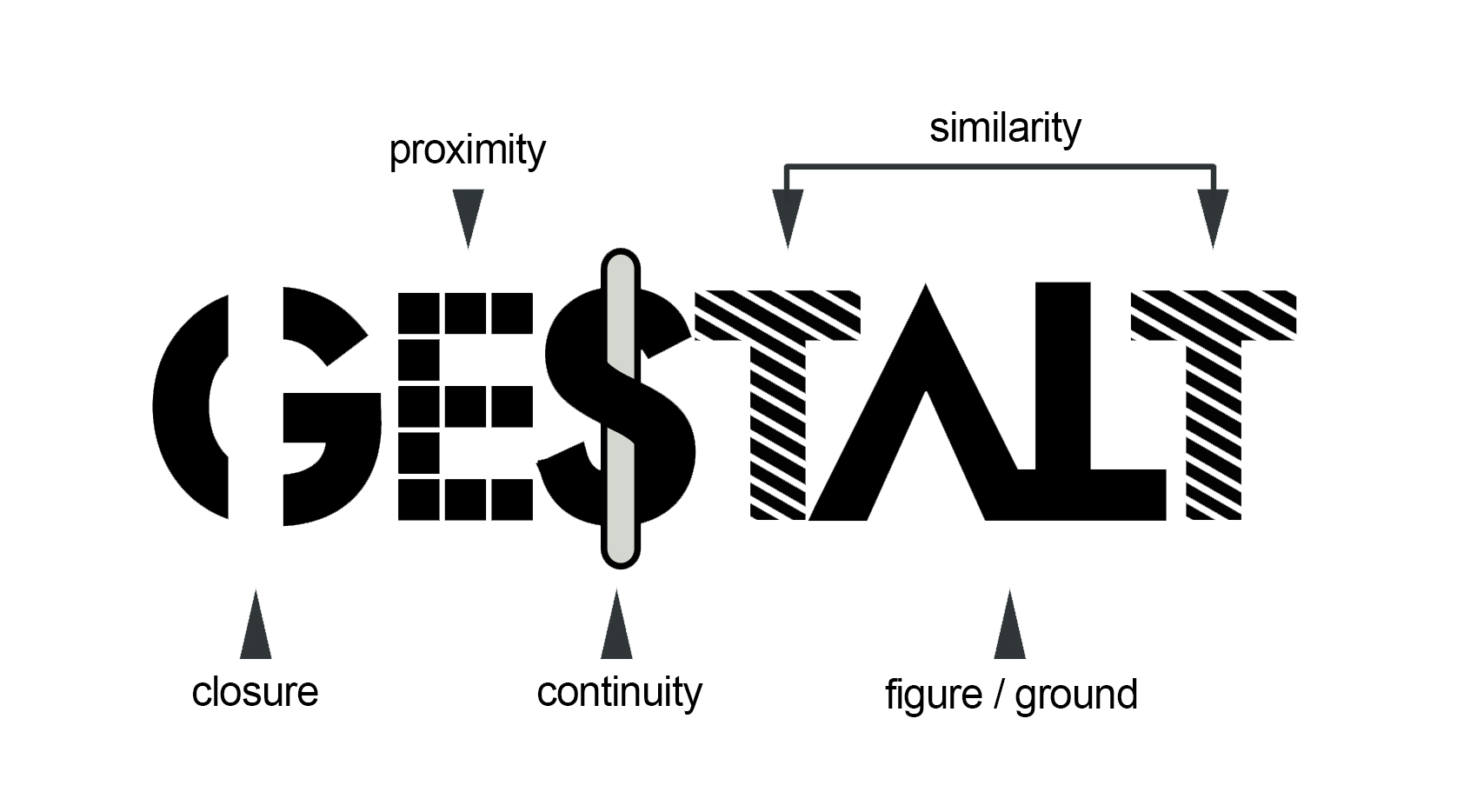Creative Thinking
How to Give Your Content Marketing a Visual Identity with the Right Imagery
By Nicola Brown on July 2, 2018
Some brands have a knack for creating a really strong visual identity.
Wealthsimple is one that comes to mind. The investment service uses a limited, warm, muted palette and works with an artist to create illustrations instead of photos all to keep their visual branding as simple as it could possibly be. Additionally, the company's content marketing assets like Wealthsimple Magazine are designed like a lifestyle publication, where images are incorporated into their storytelling to portray a strong visual presence.
These visual features not only makes them immediately recognizable and distinct from most other financial service companies, but it makes their brand's presence authentic and memorable.
Image attribution: Neil Bedford
Why Brands Need Visual and Image Guidelines
Imagine you have a whole room full of chefs at your disposal. (Lucky you!) You tell them: Bake me a delicious red velvet cake. Go.
While all the chefs likely have a similar idea of what a delicious red velvet cake should look and taste like, you're probably going to get a wide variety of results. Some chefs may bake a single cake while others do a collection of cupcakes. Consistency, flavor, and decoration will vary according to individual taste.
If you had presented your room full of chefs with a recipe and photo instead, your results would be more consistent. When aiming for a specific goal, setting clear guidelines and providing visual examples will unify the final product.
Image attribution: Velizar Ivanov
It's the same with visual and image guidelines for your brand. When you have multiple people with different creative ideas and conceptions working together to create marketing assets-especially at the scale that enterprise-wide content marketing requires-such guidelines can serve as a reference point to keep everyone on the same page throughout the process.
Visual and image guidelines may start at the level of core company values and dig right down into the nitty-gritty of subject matter and color palettes. They can even include details on proportions, layout, placement, and directives for judging and choosing stock photography.
A good practice for brands to maintain these standards company-wide is keeping a formal document that's accessible to everyone digitally (not just your creative team) and that can be updated as changes need to be made. Treat your visual and image guidelines with as much importance as you would any other content documentation.
Creating a Visual Identity Through Image Selection
There are many components that go into a visual brand identity, but your choice of imagery is one of the most difficult to manage. Searching through stock photography can be like looking for a needle in a haystack, and while bespoke photography can give you the perfect image, the time and expense involved puts it out of reach for the needs of a daily content publisher.
Photos are complicated visual assets, but the human visual system actually begins processing them from a very basic level. Our brains are hardwired to look for patterns based on five basic rules of grouping: similarity, continuity, closure, proximity, and figure/ground relationship.
Our brains like patterns that are regular, simple, and orderly. When we break these rules it draws our attention to a focal point, which can be good or bad. Sometimes an image that may seem suitable can in fact end up drawing our attention to the wrong place. In the same vein, we can use images to help direct a viewer's attention to the right focal points.
Using Similarity
Choosing imagery that supports your brand's visual identity should start with a consideration of how our brains process images. For example, we group things together by similarity, so things that have the same color and shape are considered part of the same group. This is why it's useful for strong branding to stick to a unified color palette.
Image attribution: Ben Kolde
But it can be hard to find the photo you're looking for and meet color palette guidelines simultaneously. One strategy that some brands use on Instagram is to create a filter or set of filters that can be applied to images to standardize their appearance. You can do a similar thing with photos on your website or in printed marketing materials. This helps give stock photography a more branded appearance.
Using Figure/Ground Relationships
Avoid choosing or taking photos with busy backgrounds. You want to attract your viewer's attention, but you don't want to overwhelm their brain's figure/ground processing. When the subject of the photo isn't sufficiently distinguished from the background, our brains have to work harder to separate the two.
You can exploit aspects of the figure/ground relationship to create a unique visual identity. Perhaps you only use photos with a blurred background and a single subject in the foreground. Or perhaps you only use photos with a lot of depth between the subjects and their background. Or maybe all your photos are set against a colored screen, studio style.
Image attribution: Paolo Nicolello
There are many ways in which careful consideration of the individual attributes of your images can help you create a unique and distinctive visual identity for your brand. Consistency is key. Perhaps you'll choose to use only photos with two or more people, or perhaps you'll choose to use only landscape or only still life photos. The more you can limit the scope of your images in a consistent way, the stronger your brand identity will become.
What Makes an Image Memorable
But there is much more to creating a visual identity with imagery that goes far beyond these basic attributes. A study from the Institute of Electrical and Electronics Engineers identified certain features and attributes of images that make them memorable to the human brain.
Surprisingly, the study actually found that images that people thought were the most interesting and beautiful weren't remembered as well as those that people found uninteresting and not beautiful. People were also bad predictors of which images they thought would be the most memorable.
Rather than rudimentary features like color and shape or basic object identification like face, dog, and sky, it was actually the higher level semantic attributes of images that most predicted their memorability.
The researchers claim that "people, interiors, foregrounds, and human-scale objects tend to contribute positively to memorability; exteriors, wide angle vistas, backgrounds, and natural scenes tend to contribute negatively to memorability."
Photos of people were among the most memorable in the data set, with an average memorability score of 82 percent, while photos of nature were less memorable at 61 percent.
Research like this could eventually contribute to the development of software that could analyze the memorability of photos and help creative and marketing professionals choose and shoot photos optimized to attract an audience's interest. Combine this with algorithms that can filter for your brand's basic visual and image guidelines, and you'd be able to home in on the perfect images for your content in a fraction of the time it takes now.
How to Talk About Imagery
Articulating the different levels on which an image can be evaluated can help you create consistency in your visual branding decisions. Start by explaining the basics of perception in features like color, shape, and line. Then expand into discussions of semantic qualities of an image, including what features will make the image particularly memorable. Try to identify where the focal point of the image is and how well the figure/ground relationship is distinguished. Compare your imagery's attributes with images you've used before. Discuss potential manipulations of an image using editing and filters to better fit brand guidelines.
Carefully considering imagery is an important way to help define your brand's visual identity-it may well be the missing piece that can take your content from good to instantly recognizable.
For more stories like this, subscribe to the Content Standard newsletter.
Featured image attribution: Mr TT







